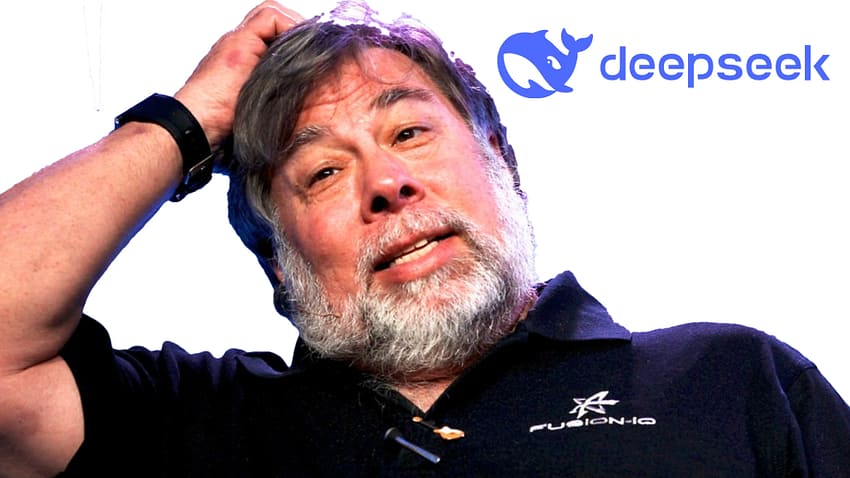DeepSeek is a new generative AI tool that has garnered plenty of attention over the last few days. News that it was trained for less than 6% of the cost of the most recent OpenAI ChatGPT 4o model and uses less expensive hardware rattled tech stocks on the NASDAQ. And, with DeepSeek being open source, it has the potential to usurp closed models when it comes to market dominance.
But there’s a clear parallel between DeepSeek’s approach to development and how Steve Wozniak developed the first Apple computer.
A very brief history of the Apple I
As a technology enthusiast in the 1970s, Wozniak wanted to create a computer but was on a tight budget. That meant he had to make do with fewer, less advanced components than the likes of IBM, HP (who owe worked for) and others. That led Woz to make some very creative design decisions that enabled him to build a single board computer that could be connected to a video display (such as a television) and a keyboard.

That brought us the Apple I – a computer that retailed for USD$666 (Steve Jobs had a flair for unusual marketing even back then) after being sold by word of mouth at various computer user group meetings in California. Back then, Wozniak even gave away the technical schematics of his invention at no cost.
And when it came to the Apple II – Wozniak, again, shared lots of information about the challenges he faced and the ways he solved the problems.
A quick look at DeepSeek
DeepSeek V3, the model that grabbed headlines, was trained using NVIDIA H800 GPU. This is a modified NVIDIA H100. Many AI developers use the H100 because it is far more powerful. But through some clever software tricks (something Woz did to maximize what he could get from the limited hardware he had available) DeepSeek is able to deliver results at a lower cost than established competitors.
In some ways, this is a reflection of a classic challenge facing engineers of all types. They come to a successful approach to solving a problem and seek to improve it by boosting the amount of power they through at it. But innovation doesn’t come through incremental improvement. Innovation happens when people approach old problems with new thinking.
There’s a bunch of technical information about how DeepSeek works. But it boils down to finding different ways to solve problems rather than seeking incremental performance improvements by throwing faster hardware at it or tweaking programs. This is something that drove the embryonic stages of Apple – and I think it’s something we miss today.

Anthony is the founder of Australian Apple News. He is a long-time Apple user and former editor of Australian Macworld. He has contributed to many technology magazines and newspapers as well as appearing regularly on radio and occasionally on TV.

